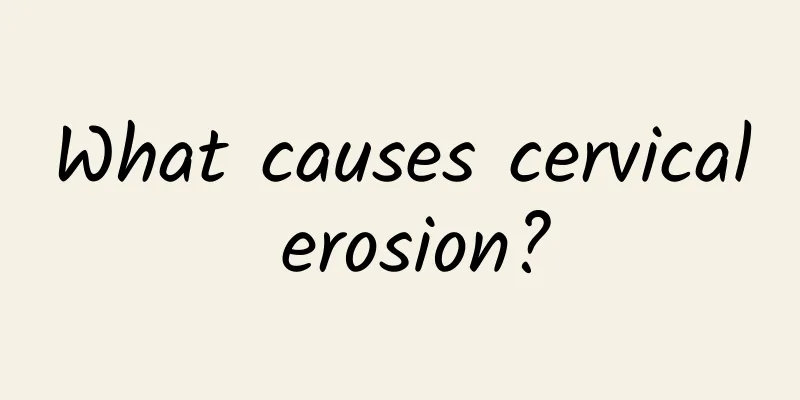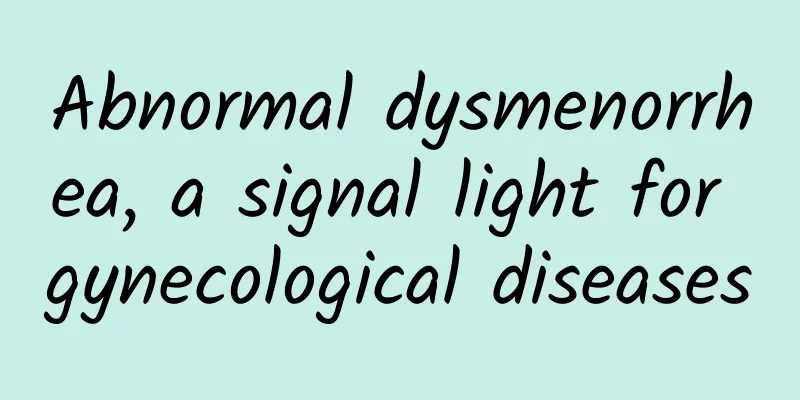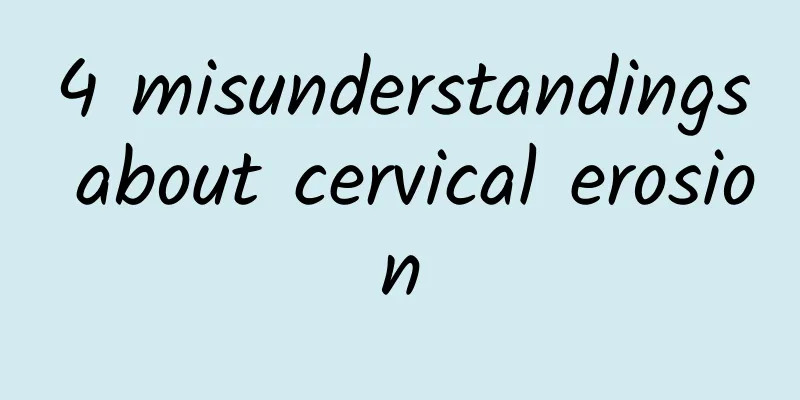What causes cervical erosion?

|
Cervical erosion usually refers to ectopic columnar epithelium of the cervix. Since the columnar epithelium is thin, the underlying stroma is red and appears eroded, but it is not the true erosion of epithelial shedding and ulceration referred to in pathology. Therefore, the term cervical erosion was officially cancelled in the textbook "Obstetrics and Gynecology" published in 2008. Ectopic columnar epithelium of the cervix is usually caused by the effect of estrogen. The columnar epithelium at the inner opening of the cervix canal moves outward to the outer opening of the cervix canal. It is a common physiological phenomenon. Cervical columnar epithelial ectopia rarely occurs before puberty because the ovarian function is not yet complete and the estrogen level is low. Cervical columnar epithelial ectopia may cause an increase in vaginal discharge, which is sticky or purulent, sometimes with a fishy smell. Sometimes there will be blood in the vaginal discharge, and there may even be bleeding during sexual intercourse. With age, especially after menopause, women's estrogen levels decrease, and the columnar epithelium begins to retreat inward and the symptoms disappear. Cervical columnar epithelial ectopia rarely occurs before puberty because the ovarian function is not yet complete and the estrogen level is low. Cervical columnar epithelial ectopia may cause an increase in vaginal discharge, which is sticky or purulent, sometimes with a fishy smell. Sometimes there will be blood in the vaginal discharge, and there may even be bleeding during sexual intercourse. With age, especially after menopause, women's estrogen levels decrease, and the columnar epithelium begins to retreat inward and the symptoms disappear. Although cervical columnar epithelial ectopia is a physiological phenomenon, if the erosion appearance is serious or accompanied by symptoms such as excessive vaginal discharge, low back pain, and bleeding after intercourse, it is recommended to seek medical treatment in time. The treatment method depends on the specific condition. For mild cervical columnar epithelial ectopia, drug treatment can be considered, such as progesterone suppositories, potassium permanganate solution sitz baths, etc. For moderate and severe cervical columnar epithelial ectopia, physical therapy can be considered, such as laser therapy, cryotherapy, infrared coagulation therapy, etc. For patients with cervical hypertrophy, a wide range of lesions, and atypical hyperplasia, surgical treatment can be considered, such as cervical conization, Leep knife loop electrosurgical resection, etc. |
<<: What is pelvic effusion? Is it serious?
>>: What to eat for vaginal candidal infection
Recommend
What can I eat after surgery for adenomyoma? What should I pay attention to after surgery for adenomyoma?
What can I eat after surgery for adenomyoma? What...
Eat meal replacements and nutritional supplements to develop a physique that is easy to lose weight? Be careful of the reverse yo-yo effect, otherwise you will gain weight again.
At first, I wanted to be thin rather than cute. I...
Nutritionists share three key points for reducing body fat
"Thin" is no longer popular. What is po...
"Obesity" is closely related to 13 types of cancer! 168Is intermittent fasting and ketogenic diet suitable for you?
After the Mid-Autumn Festival and National Day ho...
Gynecological examination is one of the examination methods for chronic cervicitis
Chronic cervicitis is one of the important reason...
Is pelvic effusion contagious?
In most cases, pelvic effusion is caused by pelvi...
How to treat cervical erosion in women? Several physical treatment methods for cervical erosion
Cervical erosion is a common gynecological diseas...
Is endometrial thickening related to uterine fibroids?
Is endometrial thickening related to uterine fibr...
Detailed explanation of the advantages of drug treatment for cervical erosion
Nowadays, women don't know what to do after s...
Let me tell you whether long-term dysmenorrhea will affect pregnancy?
Women have menstruation every month and may exper...
Three tips for checking each batch of imported hairy crabs and eating them safely
Chinese hairy crabs have regrouped and are headin...
Increased vaginal discharge is the most common symptom of cervicitis
Speaking of cervicitis, female compatriots should...
The most famous hospital for cervical precancer
What are the most famous hospitals for cervical p...
What are the prevention and care methods for pelvic inflammatory disease
In recent years, the number of patients suffering...
What are the symptoms of ovarian cysts and how to detect them
How to detect the symptoms of ovarian cysts? 1. T...









